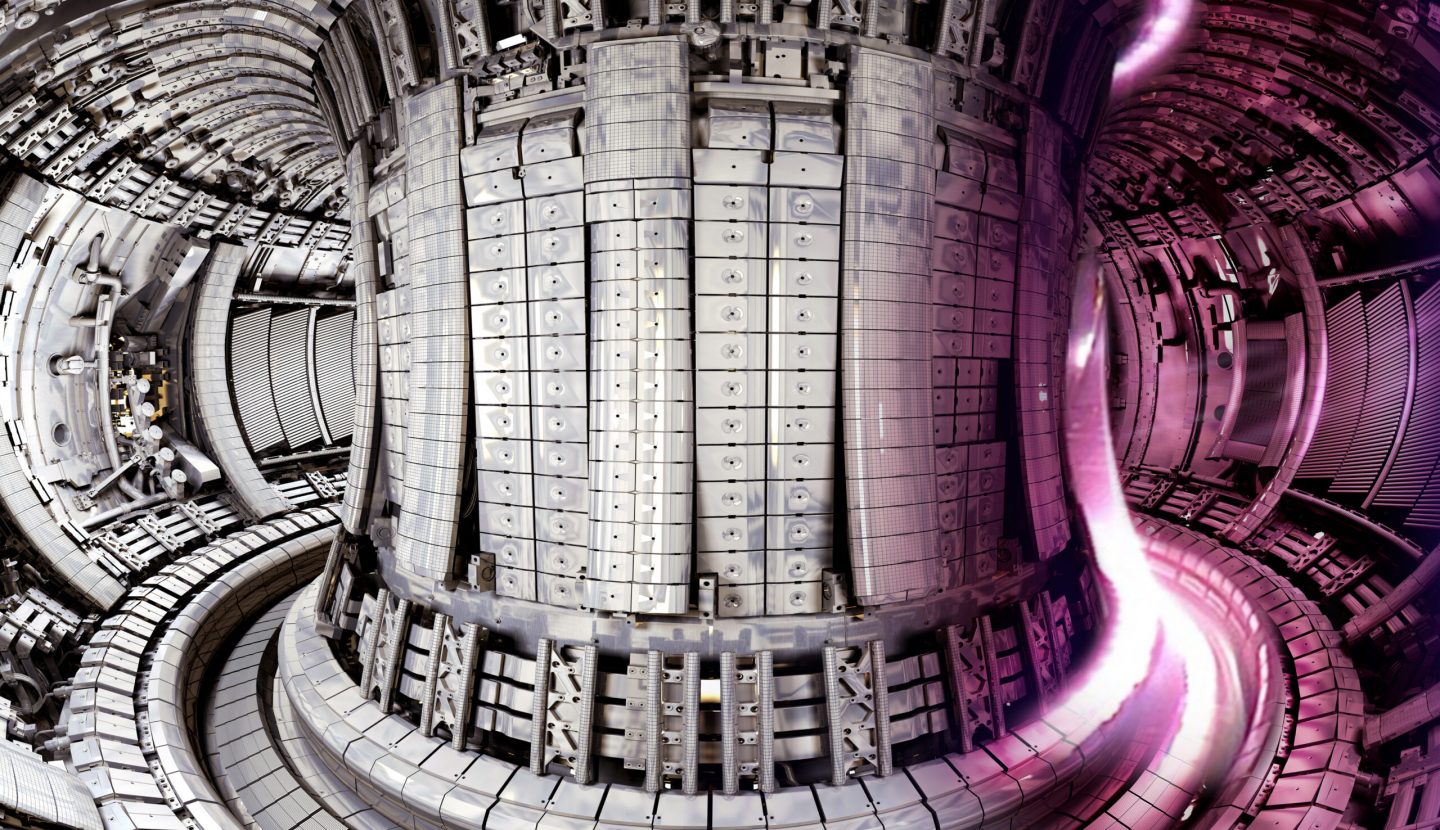Novatron Fusion Group is joining celebrations for Fusion Energy Week 2024 recognising progress of all entities working across fusion research.
Fusion is currently riding a surge of attention after researchers at Lawrence Livermore National Laboratory’s National Ignition Facility achieved fusion ignition in December 2022.
Organizers of Fusion Energy Week — a group called the US Fusion Outreach Team — trace fusion development back 100 years to the doctoral research of Cecilia Payne-Gaposchkin, who discovered that stars, including our Sun, are mostly made of hydrogen and helium, which in turn led to the understanding that those elements are the “fuel” of potential fusion energy systems on Earth.
This week’s “grassroots celebration of fusion energy” is being held in recognition of Payne-Gaposchkin’s birthday (May 10) and is designed to connect the public with people working in fusion energy around the world.
Key features include a new online Global Fusion Forum, virtual tours of the U.K. Atomic Energy Authority, TAE Technologies’ “Norman” machine, and DIII-D National Fusion Facility, alongside a range of webinars, plus online K-12 resources for education in plasma physics.
100 years of fusion
Building on Payne-Gaposchkin’s findings, British astrophysicist Arthur Eddington theorized that stars produce energy from the fusion of hydrogen to helium in 1926, according to US Fusion Energy.
In 1958, during a United Nations International Conference, US government-sponsored fusion research was formally disclosed, and the International Atomic Energy Agency was charged with encouraging global research collaboration.
ITER, the international magnetic confinement fusion project under construction in southern France since 2013, is sometimes considered the world’s largest international scientific project. But it is part of a range of increasingly powerful plasma-generating fusion machines around the world – including
Novatron Fusion Group’s unique mirror machine concept, as well as tokamaks, stellarators, laser-driven inertial systems – some of which have contributed to fusion energy and plasma science for decades.
The United States already had one “golden age” of fusion in the 1970s, with broad governmental support for future power plants, according to U.S. Fusion Energy. Lean times in the 1980s saw the United States scale back its fusion energy programs to focus on fusion and plasma science.
“While the United States invests in novel public-private partnerships to spur national industry, among other strategies, we need more support to accelerate the fusion timeline,” says the U.S. Fusion Outreach Team.
The NOVATRON Concept – Building on formative work from Lawrence Livermore
Novatron Fusion Group’s unique fusion energy solution was developed by Swedish inventor Jan Jäderberg.
Adopting mirror machine technology, it allows plasma to oscillate between two magnetic mirrors as its heated to more than 100 million degrees Celsius. The approach aims to simplify the quest to deliver fusion energy while reducing capital cost of fusion reactors by half, compared to other solutions in experimental development, such as the Tokamak.
The novel technology builds to a great extent on formative work carried out over decades at Lawrence Livermore National Laboratory in California from the 1960s through to the mid-80s, where the world’s largest mirror machine fusion development was initially conducted. Now, a number of leading figures behind the seminal US initiative are backing Novatron Fusion Group’s efforts to push the boundaries of the technology.
This includes Kenneth Fowler (Professor Emeritus at the Department of Nuclear Engineering at the University of California, Berkeley, and Arthur Molvik (Physicist at Lawrence Livermore National Laboratory, since 1972).
US Collaboration
Fusion Energy Week comes as Novatron Fusion Group continues to lay firmer roots in America, having initiated collaborations with several US institutions, set to be disclosed in the coming months. A key element is expected to involve simulation validations to secure independent verification which demonstrates the NOVATRON technology is stable.
Engineers from Novatron Fusion Group recently completed a complex multi-system integration project to create plasma, marking a Scandinavian first and raising ambitions for the Nordics’ fusion energy sector. The result was delivered on the first attempt via the firm’s X0 experimental test rig at the KTH Royal Institute of Technology in Sweden. It marks a rapid ascent for Novatron Fusion Group which recently celebrated its one-year anniversary and plans to launch its first official test facility – the Novatron 1 (N1) – by summer 2024.
Novatron Fusion Group is a member of The Fusion Industry Association, a US-registered non-profit independent trade association for the international nuclear fusion industry.
PIC CAPTION: Interior of JET with its new ITER-like wall of tungsten and beryllium; credit: UKAEA





